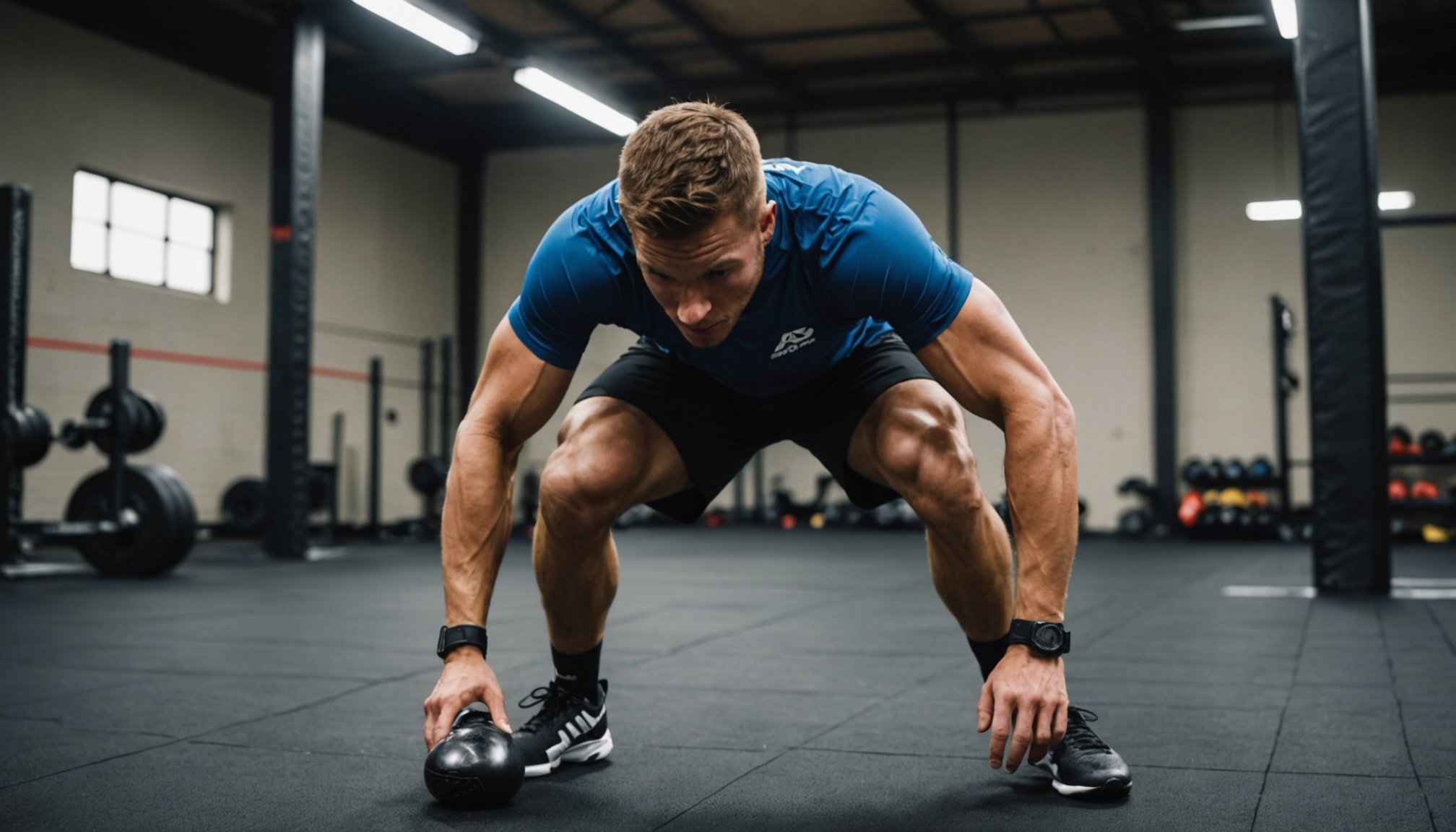In the fast-paced world of combat sports, athletes are constantly searching for ways to enhance their performance. Traditional training methods are evolving as technology offers new avenues for analysis and improvement. As you delve into the realm of cutting-edge data analytics and performance tracking, you may discover how these tools can revolutionize your training regimens and competitive strategies. This article explores how combat athletes can leverage technology to assess their training, recover more effectively, and ultimately gain a competitive edge.
Understanding Performance Analysis in Combat Sports
Performance analysis in combat sports has transformed dramatically in recent years. The integration of technology allows coaches and athletes to evaluate each aspect of training and competition. Through various tools, such as video analysis software and wearable technology, you can gather essential data related to your performance.
This might interest you : How does understanding your opponent’s fighting style contribute to a fighter’s strategy?
In your training sessions, video analysis enables you to review your movements and techniques in real-time. By capturing sparring sessions or drills, you can identify areas for improvement and refine your skills. Coaches can also utilize this data to provide targeted feedback, ensuring you work on specific techniques that will enhance your overall game.
Moreover, wearable devices, such as heart rate monitors and motion sensors, provide invaluable metrics. These devices track your physiological responses during training and competition, offering insights into your endurance and physical exertion levels. By analyzing this data, you can adjust your training intensity, helping you avoid injuries while optimizing your performance.
Also to read : How can athletes develop resilience through adversity in combat sports?
With the rise of analytics, combat sports athletes can now access sophisticated metrics that inform their training decisions. For example, understanding your heart rate variability can indicate how well your body is recovering and whether you are ready for your next intense training session. Thus, technology not only aids performance analysis but is also crucial for safe and effective training.
The Role of Data in Enhancing Recovery Strategies
Recovery is a critical component of any athlete’s training regime, especially in high-impact sports like boxing, MMA, or judo. The advent of technology has provided combat athletes with advanced tools to monitor their recovery processes effectively. By leveraging data analytics, you can optimize your recovery time and enhance your overall performance.
One popular method among combat athletes is the use of sleep tracking devices. Quality sleep is vital for muscle repair and cognitive function. By analyzing your sleep patterns, you can make informed decisions about your rest periods and understand how they affect your performance. For instance, if data shows that you consistently average less than seven hours of sleep, you might need to adjust your schedule to prioritize rest, enhancing your recovery time.
Additionally, technology can help track muscle recovery through tools like electrical stimulation devices. These devices stimulate muscle fibers, promoting recovery post-training. By measuring the data on muscle soreness and fatigue, you can determine the most effective recovery strategies that suit your body’s needs.
Furthermore, nutritional apps allow you to analyze your diet and ensure you’re getting the right nutrients for optimal recovery. These applications help you track your caloric intake and adjust your diet based on your training loads. By focusing on proper nutrition and recovery strategies informed by data, you can significantly improve your performance over time.
Utilizing Technology for Injury Prevention
Injuries are an unfortunate reality for many combat athletes, but with the right technology, you can significantly reduce your risk of injury. Understanding the physical demands of your sport is crucial, and wearable technology can assist in monitoring your body’s stress levels and strain.
Motion capture systems and biomechanical analysis tools provide detailed insights into your movements during training. By analyzing these movements, you can identify any biomechanical inefficiencies or patterns that may lead to injuries. For instance, if the data indicates that you consistently land awkwardly during strikes, adjustments can be made to your technique, potentially preventing injuries.
Additionally, heart rate monitors and GPS devices can track your training intensity and overall volume. If you are pushing your body too hard, the data will reflect that, allowing you to dial back your intensity. This proactive approach to training helps ensure that you are not overtraining, which is a leading cause of injury.
Incorporating injury prevention strategies into your training program is essential. With technology, you can create a tailored program that focuses on improving your weaknesses and conditioning your body to better handle the demands of combat sports. By prioritizing injury prevention through analytics, you will enhance your longevity in the sport.
Engaging with Coaches Through Technology
The relationship between a coach and an athlete is pivotal in combat sports. With the integration of technology, this relationship can become even more productive and efficient. By utilizing video-sharing platforms and analysis software, you and your coaches can collaborate more effectively.
For instance, you can upload training videos for your coach to analyze at their convenience. This flexibility allows for more meticulous feedback and a deeper analysis of your performance. Coaches can annotate videos to highlight areas for improvement, fostering a better understanding of techniques and strategies needed during competition.
Furthermore, cloud-based tools enable data sharing and real-time communication, which is crucial during intense training regimens. With accessible data analytics, your coach can monitor your progress and adjust your training plan accordingly. This immediate feedback loop ensures that you stay on track towards your performance goals.
Additionally, the use of virtual coaching has gained traction. Some athletes engage with coaches remotely, utilizing apps that track and analyze performance remotely. This flexibility allows you to train anywhere, providing insights tailored to your unique training conditions and schedules. By embracing these technological advancements, you enhance your ability to communicate and work effectively with your coach, leading to improved outcomes and performance.
The landscape of combat sports is evolving, and technology plays a pivotal role in shaping the future for athletes. By leveraging data analytics for performance analysis, recovery strategies, injury prevention, and coaching engagement, you can significantly enhance your training outcomes. The integration of these tools not only helps you understand your capabilities but also empowers you to make informed decisions, ultimately leading to improved performance in the ring. As you continue your journey in combat sports, embracing technology will undoubtedly provide you with the competitive edge needed to excel.











